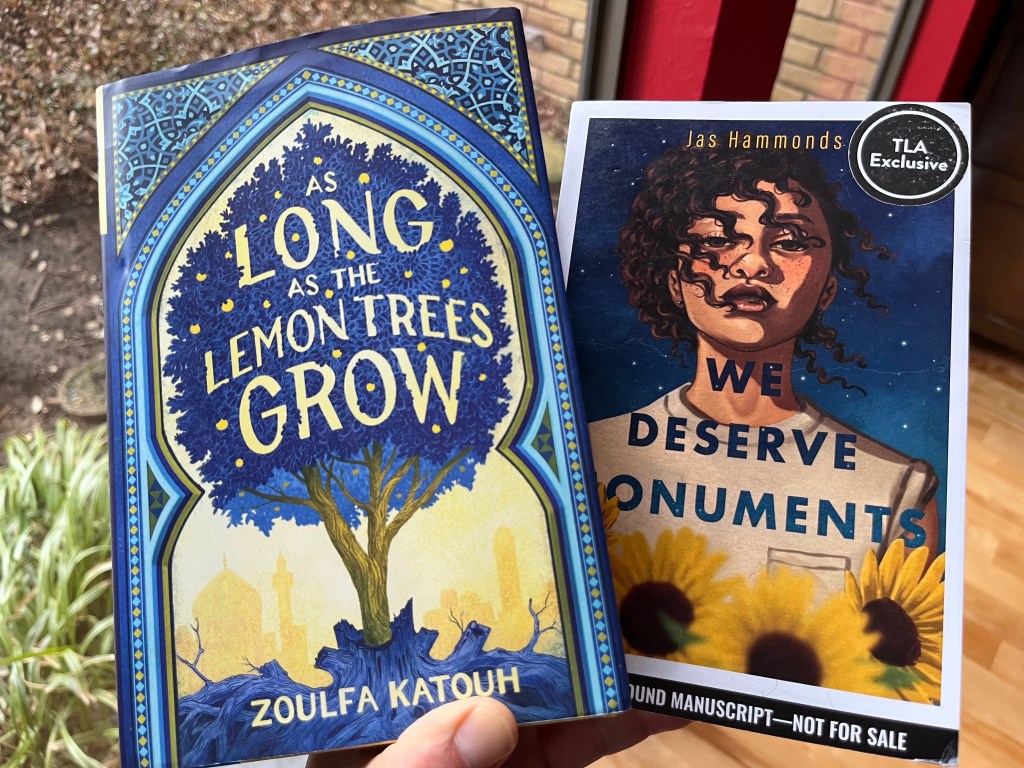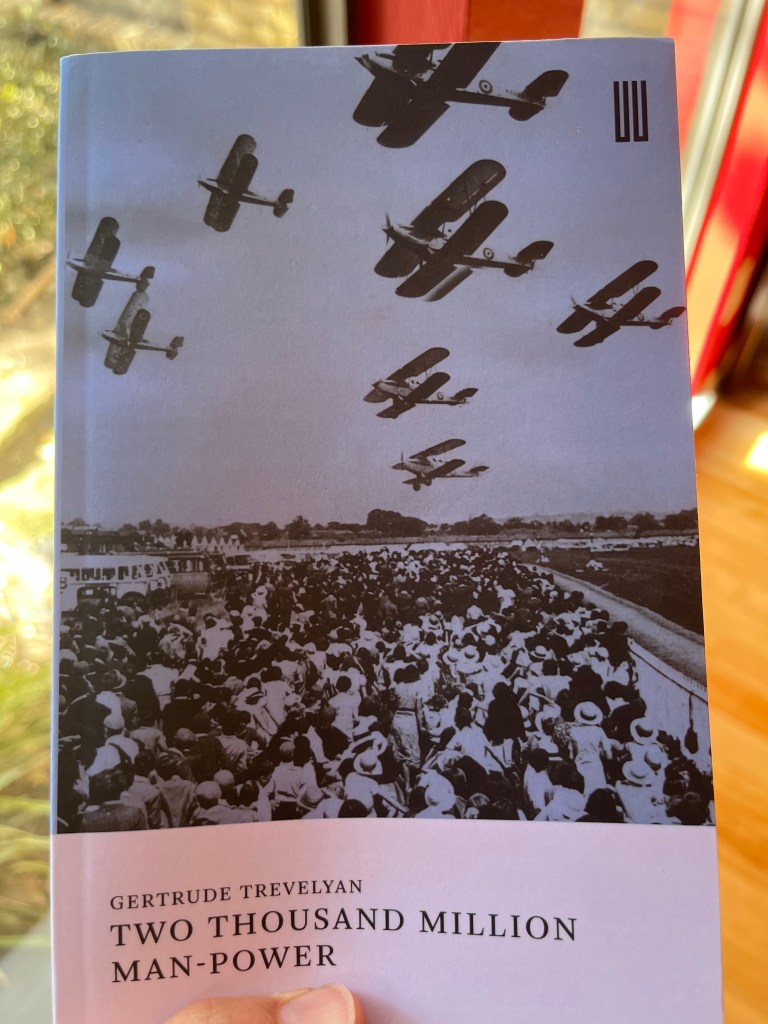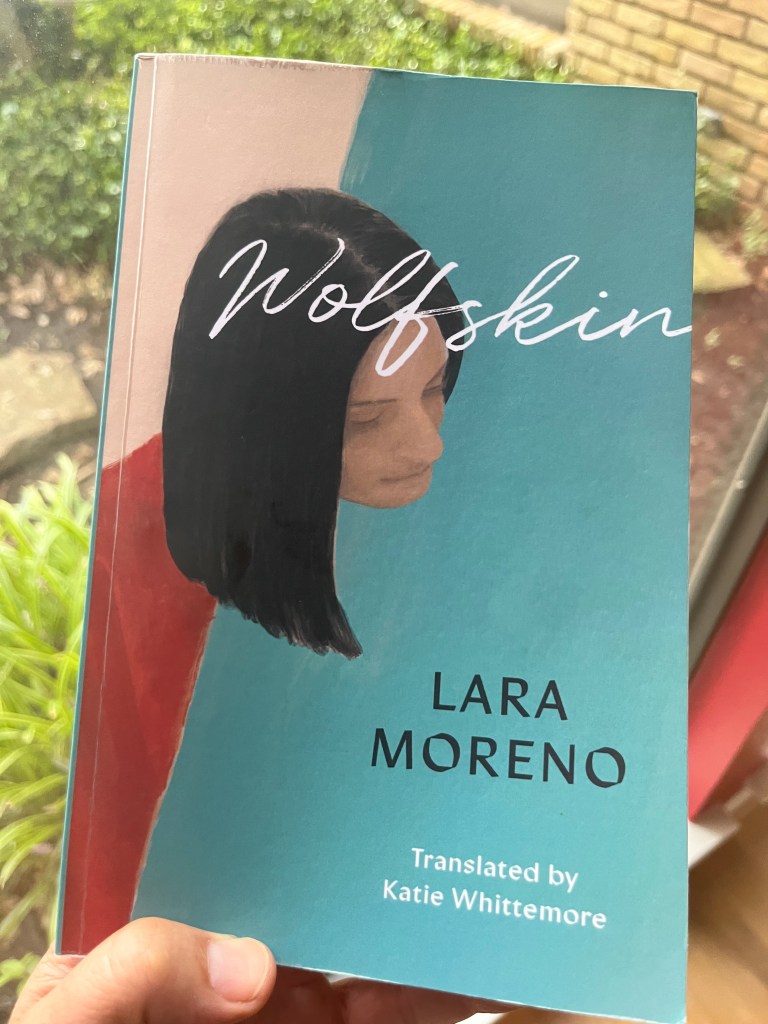The Slaves of Solitude has a fantastic pedigree. First, it’s a British novel published by New York Review of Books, which does not miss, especially with out-of-print or reissued British novels. Also, it’s written by Patrick Hamilton, a novelist I didn’t know but whose plays I do know–one of which became the movie Gaslight, another of which became the movie Rope. So based on those plays, with The Slaves, I expected a drama of full-contact relationships. The novel delivered.
Centered on the unfortunately comically named Enid Roach, Hamilton’s The Slaves probes a facet of WWII-era London that is neither very threatened nor very heroic. The war is a persistent inconvenience for the middle-aged Miss Roach, unable to get certain creature comforts like stockings or makeup, yet the war brings the excitement of American servicemen, the urgency of blackouts each night, and the relief of tea-room drama. Hamilton places Miss Roach in a not-luxurious boarding house where she is endures the most passive aggressive insults imaginable by a sixties-or-older bachelor and a German emigre flirt. Furtive makeout sessions & long loud evenings in pubs with a sort of schlubby American cad give Miss Roach something to dream about. I’m not making it sound as funny or as just or as hopeful as it is, but that’s because Hamilton makes us laugh at, criticize, and yearn for Miss Roach, sometimes all on the same page, in the same scene. The resolution is what you’d hope for.
*
Decades ago in the book fair of a small academic conference, I came across a table devoted to an independent publisher, Paul Dry Books. Behind the table was … Paul Dry. I asked him what the gateway drug to his publishing house was, and he directed me to Walter De La Mare’s Memoirs of a Midget, a novel so good that I often return to Dry’s website, searching for something new & unknown. Something like Stefan Żeromski’s The Homeless.
The novel begins in high spirits, in high culture, in high times–Dr. Tomasz Judym, visiting Paris from Poland, hears an old woman speaking Polish to what he guesses (correctly) is her two granddaughters and their governess. The conversation is so effortless, the erudition so sincere that you expect something romantic to happen soon. Instead, Żeromski directs Judym back to Poland, where he makes triumphs & missteps both personal & professional. He is a wise & principled young man around knowing & skeptical old me; he is a man of deep feeling around men, women, & children too impoverished to feel much of anything; he attracts the love of a beautiful & sacrificing woman but … Well, you’ll have to see. It is a heart-enriching & heart-breaking book about how rootless many of us are. (I don’t doubt that the title is true to the original, but I feel like these characters are home-poor, or rootless rather than what we think of when we think of homeless.)
*
This blog continues to be a NYRB-stan site. Loved and Missed is the first novel I’ve read by Susie Boyt. Most of the novel is told in the voice of Ruthie, the mother of Eleanor, who is the mother of Lily. Like most British novels I’ve read about families, I loved the psychological candor of this one, loved the way it gleaned pathos from the banal & from the everyday. And Ruthie’s story is so many stories in one.
It’s a story about women in the world & with each other. It’s about parenthood in all its joy & anxiety. It’s about the consequences & costs of addiction without ever descending into melodrama or narrative slumming. It’s a story about how quickly & how permanently the veneer of sin & vice gets removed from personal shortcomings & betrayals, to the point that these choices become like the furniture of our lives, things we navigate around & grown comfortable in & with. It’s a coming of age & a … well, I don’t want to spoil anything. An utterly human & surprisingly hopeful novel. If you like Mike Leigh movies, you’ll love this novel.
*
In There’s Always This Year On Basketball and Ascension, Hanif Abdurraqib does all the things you’d expect a certified genius to do. He offers you a unique personal lens on a subject you thought you knew–maybe that subject is basketball, or LeBron James, or Abdurraqib himself. He exorcises demons without descending into self-pity or badboy braggadocio. He weaves culture with self, faith with race, place with eternity. If it sounds like I’m speaking vaguely & broadly, it’s because it’s difficult to do justice to what Abdurraqib does with all of his poetry, all of his journalism, all his writing. Id’ highly recommend the audiobook for this one–even though I wish I had the book itself nearby so that I could underline things to luxuriate over later.
*
I really really tried with this one that had long been in my queue. I patiently (but never really joyfully) hung in for all its stops & starts & nudge nudge wink wink “playfulness”. About halfway through, I decided that I might save this one for the nursing home.
*
Our school librarian is a master at finding high-interest, issue-infused, stylistically engaging books by living authors. True Biz by Sarah Nović is just such a book.
Centering on three characters at a school for the deaf (an adult administrator, a teenage boy, a teenage girl), this book guides the reader through challenges unique to deaf people and challenges common to most people: Cochlear implants & divorce, feeling isolated & feeling embraced, not being understood & being understood / “heard”, navigating an adult world that sees you as broken & navigating a friendship that sees you for you, etc.
Nović recreates the variety of experiences on this campus-under-threat. CODA interacting with the deaf, the deaf interacting with hearing medical professionals, nearly (?) deaf people interacting with fully deaf people. In order to bring these varieties to life, Nović deploys dialogue as one might expect as well as italicized passages indicating when characters are communicating ASL (and even via BASL). Moreover, in regular nonfiction interludes, Nović provides succinct historical context that informs & deepens but never derails the narrative. Most helpful are the passages explaining syntax, verb tense, dialogue, and much more in ASL , passages illustrated by visual artist Brittany Castle.
This is one I can’t wait to recommend & teach again.










